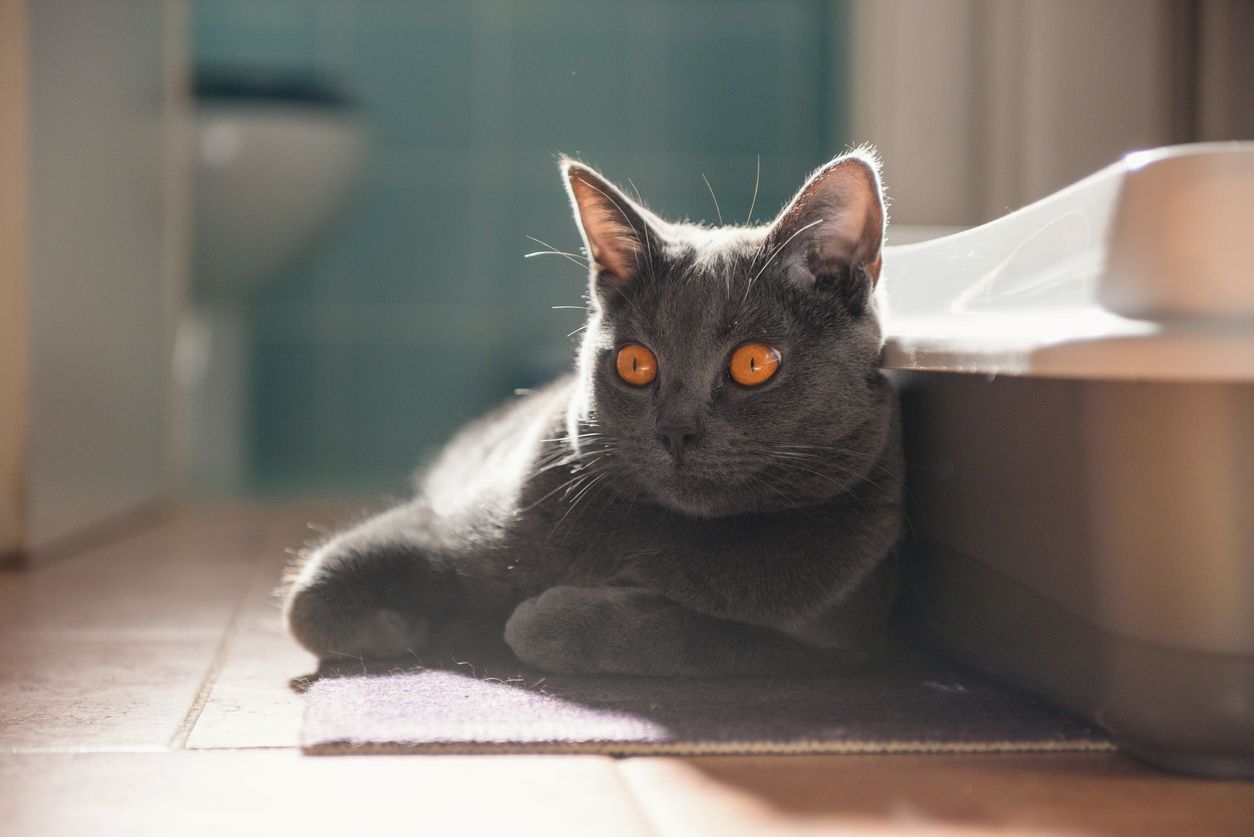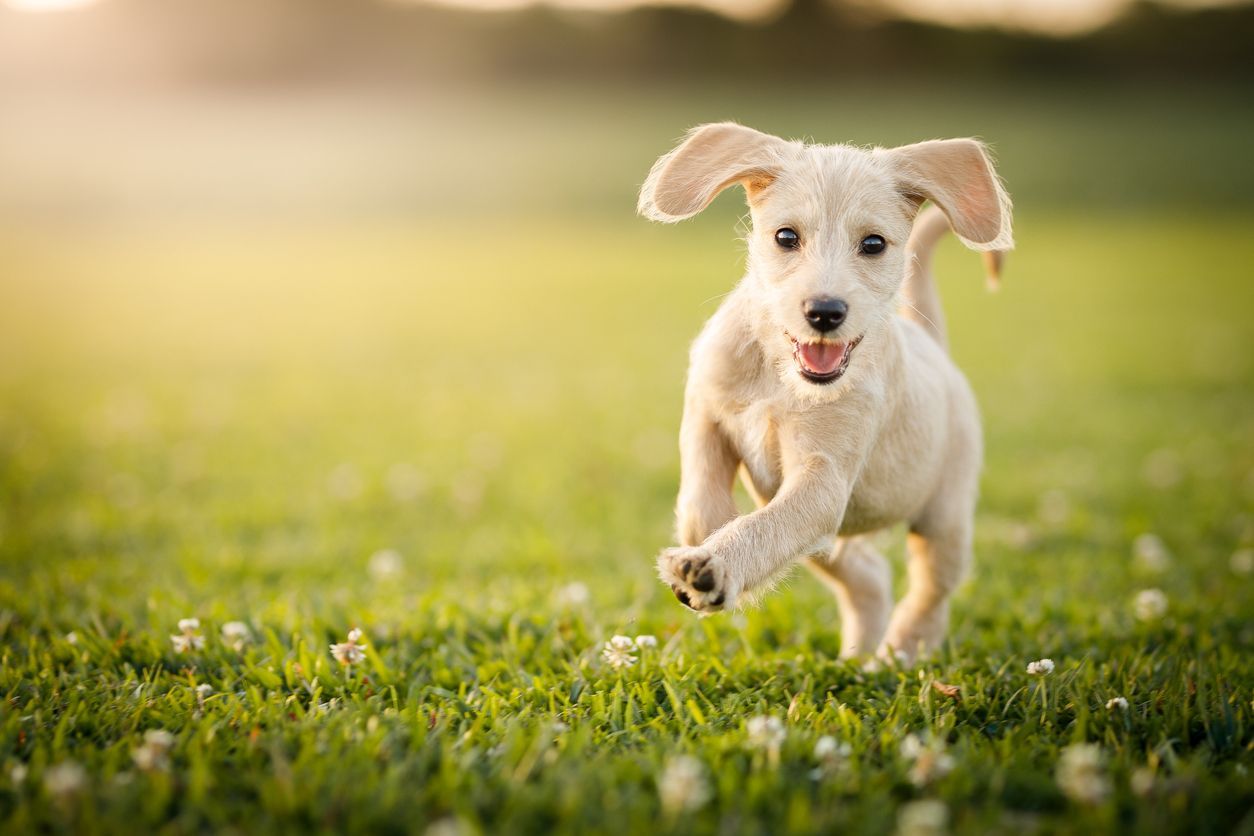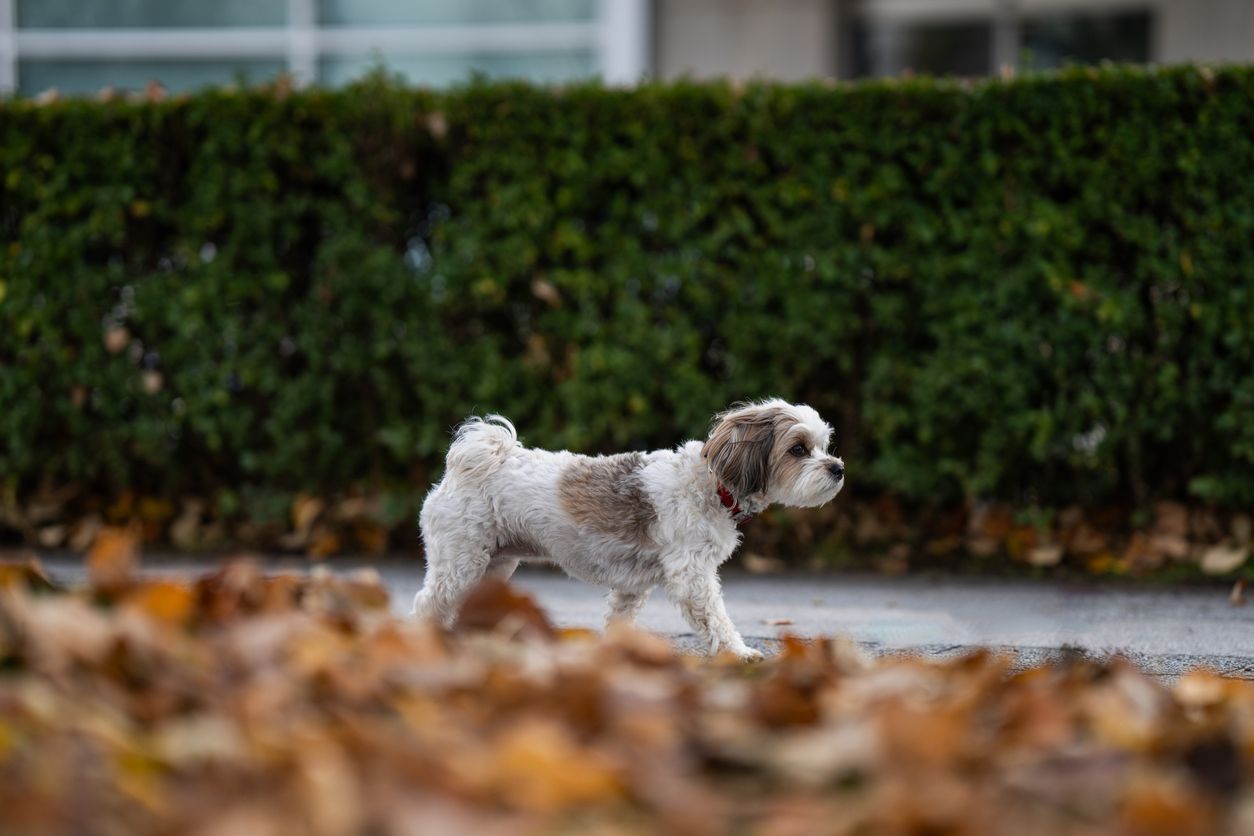How to prevent constipation in cats

While constipation in people is usually just an annoying, occasional condition that passes on its own, it can be much more serious in cats. It is important for pet parents to learn more about constipation and gut motility so they can spot the signs of a medical concern early. Read on to learn:
- What is constipation in cats?
- Can I help prevent constipation in my cat?
- How do I know if my cat is constipated?
- How is constipation diagnosed and treated in cats?
Cat owners need to know how to recognize the symptoms of constipation in their cats and be ready to seek veterinary treatment when it occurs. Constipation in cats can have a complex root cause related to other medical conditions that need to be treated.
What is feline constipation?
Constipation in cats is the act of straining to defecate when the colon is full, usually resulting in difficult passage of crumbly, dry stools. The initial presentation of constipation in cats is considered an emergency and needs immediate veterinary care. Cat constipation is usually a symptom of a larger medical issue that needs to be addressed. In addition, chronic constipation over time can lead to serious conditions such as feline megacolon and permanent damage to the colon.
What cats are the most likely to become constipated?
Constipation is a symptom of many medical conditions. Cats who have medical issues are more likely to become constipated. Conditions associated with constipation in cats include:
- Chronic kidney disease
- Obesity
- Arthritis pain
- Hyperthyroidism
- Diabetes
Senior cats are the most likely to have many of these conditions. In addition, cats with anxiety disorders or who’ve experienced pelvic fractures or injury to the pelvic canal can develop constipation. Cats that exhibit excessive grooming and hair ingestion can develop constipation when attempting to pass excess hair. Constipation can also occur as a side effect of certain medications. A cat who has previously experienced constipation is likely to develop it again in the future.
How can I minimize the risk of constipation in my cat?
“Feline constipation is almost always a symptom of some other illness, so the best way to prevent it is to keep up to date with regular veterinary check ups, wellness screening for seniors, and vaccinations,” explains Dr. Jo Myers, a Vetster veterinarian. “This is especially important for chronic diseases that predispose cats to becoming dehydrated, like diabetes and kidney disease.”
Once any underlying conditions have been identified and treated, there are a few steps cat owners can take — with the guidance of a veterinarian — to help prevent future bouts of constipation. Strategies may include:
- Adding fiber to the diet
- Increasing water intake by switching from dry food to wet food
- Switching to a food formulated for cats at risk for constipation
- Using water fountains to entice cats to drink
- Placing multiple drinking areas around the home
- Encouraging more exercise
- Using laxatives or stool softeners (Note: laxatives and/or stool softeners should never be given to pets without veterinary oversight. Always follow the directions and do not administer human medications or supplements to pets unless advised to do so by a veterinarian)
- Having multiple litter boxes in safe, quiet areas
If your cat takes medications that have a potential side effect of constipation, talk to a veterinarian about steps you can take to minimize these risks. Never change your cat’s diet without consulting a veterinarian first.
What are the signs of constipation in cats?
Symptoms of constipation in cats can vary depending on the severity of the constipation. Cats with constipation may exhibit signs such as:
- Straining to defecate
- Infrequent or difficult passage of hard, dry feces
- Passing blood or mucus with the stool or from the rectum
- Painful defecation
- Lethargy
- Lack of appetite
- Vomiting
- Abdominal pain
- Weight loss
It’s important not to assume that a straining cat is constipated, as other conditions are more commonly to blame. Urinary blockages and diarrhea also cause a cat to strain unproductively in the litter box. Other conditions such as megacolon, colitis, and intestinal obstruction can have similar symptoms as cat constipation. Always consult a veterinarian if your cat is experiencing these symptoms.
How do vets diagnose and treat feline constipation?
The diagnosis of constipation in cats involves a physical including a rectal exam, and reviewing all noted symptoms and medical history. Diagnostic imaging, such as an X-ray or ultrasound, may also be used. When diagnosing constipation, a veterinarian may also recommend diagnostic tests, such as blood work, to help pinpoint the cause of constipation. Medical treatments for constipation include:
- Enemas
- Laxatives
- Physical/manual removal of accumulated, dry stool
- IV fluid therapy
- Surgery in severe cases
Unless directed by a veterinarian, do not attempt to administer at-home treatments, such as laxatives, enemas, suppositories, or mineral or petroleum oil. Many over-the-counter options, especially those made for humans, can be toxic to cats. A vet can offer guidance on which products to use and how to use them. Do not attempt to use at-home or natural remedies without first discussing them with your vet.
Can I prevent constipation in my cat?
If your cat is at risk of developing constipation, work with a vet to manage any underlying conditions contributing to the risk. When any underlying conditions cannot be fully eliminated or managed, use symptomatic treatments as your veterinarian advises, such as laxatives, stool softeners, colon stimulants, switching to wet food, specially formulated food, or a high-fiber diet.
Environmental and lifestyle management can also help prevent the development of constipation. Provide multiple sources of clean, fresh water throughout the house. Running water fountains may encourage your cat to drink more. Provide regular exercise and movement to encourage motility in the intestines. Finally, place multiple litter boxes around the home in quiet, low-traffic areas.
If your cat is at risk of developing constipation, an online vet can help you manage it and the underlying condition causing it.
FAQ - How to prevent constipation in cats
How does a cat act when constipated?
A constipated cat cannot defecate or passes infrequent bowel movements with dry or crumbly stool consistency. They may also strain to defecate or have pain with defecation. A constipated cat may also experience lethargy, vomiting, and lack of appetite.
Will a constipated cat eventually poop?
The initial presentation of constipation in a cat is considered a medical emergency. Without intervention, a constipated cat may not defecate independently and develop life threatening blood toxicity or sepsis. In addition, constipation in cats is often caused by another underlying medical condition that needs medical management to resolve the constipation and treat the larger illness.
What are the symptoms of severe constipation in cats?
In severe cases, a constipated cat cannot pass any bowel movements causing pain, vomiting, and lethargy. When other methods to relieve the constipation are unsuccessful, severe constipation in cats may require surgery.
How can you tell the difference between constipation and obstruction in cats?
Feline constipation causes straining in the litter box and the inability to defecate or the infrequent passage of extremely hard stools. Cats with an intestinal blockage typically do not exhibit straining and do not pass dry or hard stools. Symptoms of intestinal obstruction in cats are an emergency and include vomiting for more than 24 hours, lethargy, and appetite loss.




